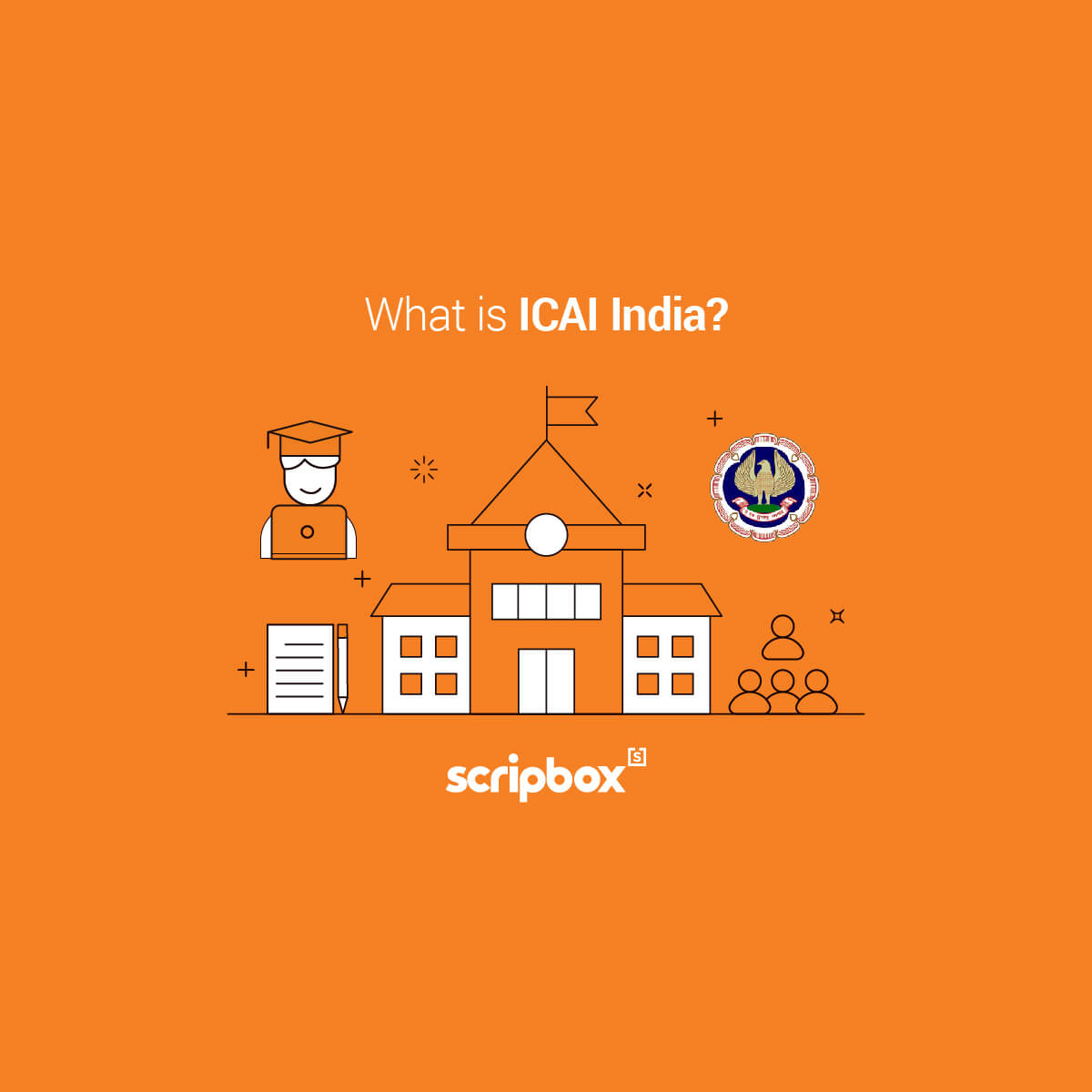Asset Management Companies (AMCs) offer different types of mutual fund schemes to help investors fulfil their financial goals. The schemes are segregated into various categories depending on the risk and investment objective of the scheme. Investors can choose to invest in any fund depending on their risk tolerance level, investment horizon and financial goals. One such fund is the capital protection fund, a close-ended hybrid fund.
What is a Capital Protection Fund?
Capital Protection funds are close-ended hybrid mutual funds where the primary objective is to safeguard the investor’s capital during market downturns. Simultaneously, it offers the scope of capital appreciation by participating in upturns of the stock market.
The fund portfolio consists of a mix of equity and debt. However, most of the fund corpus is invested in fixed income securities (like bonds, t-bills, certificate of deposits) for stable returns on maturity. Also, the small equity portfolio takes advantage of the market’s growth and provides capital appreciation. Generally, the tenure of this fund ranges from 1, 3 or 5 years, offering a conservative investment option.
How Does a Capital Protection Funds Work in India?
As the name suggests, the primary focus of the fund is capital protection. Hence, this fund allocates 70% -80% of its corpus to debt instruments. The allocation towards debt securities ensures that the investor’s principal amount is recovered at maturity. Also, this fund invests in high rated debt securities like AAA rating. The interest rate risk is mitigated since debt securities are held up to the maturity period.
On the other hand, the remaining 20% of the amount is invested in equity. The fund’s purpose is to protect the principal regardless of how the equity market reacts during the economic downturns. Also, it achieves the purpose of capital appreciation by investing in equities.
Let us understand with a help of an example the working of a capital protection fund –
| Components | Amount (Rs.) |
| Corpus Value | Rs.100 |
| Investment in debt instruments | Rs.82 |
| Investment in equity | Rs.18 |
| CAGR on equity investment | 14% |
| Value of debt securities on maturity | Rs.100 |
| Value of equity portion on maturity | Rs.20.52 |
| Value of fund at the end of maturity period | Rs.120.52 |
Who Should Invest in Capital Protection Funds?
Capital Protection Funds are hybrid funds ideal for first-time investors looking for stable returns and having a low understanding of risk. Investors who desire to earn better returns than savings and fixed deposits can consider investing in these funds. This fund helps them have their principal amount protected and provides capital appreciation. Also, this fund is an excellent way to garner experience in investing equity.
Unlike open-ended schemes, capital protection funds have a lock-in period where investors cannot exit the fund before maturity. Hence, investors looking for long-term investments without any liquidity can invest in these funds. Moreover, SEBI has assigned credit rating agencies to give ratings to the fund structure. This helps the investors to evaluate the reliability of the fund before investing.
Things to Remember Before Investing in Capital Protection Funds
The following are aspects that investors can consider before investing in capital protection funds –
Investment Objective
The financial goals for every individual are not the same. While some may seek maximum capital appreciation while some may want stable returns. Therefore, before investing, investors must identify their financial objectives and ensure that they are in line with the fund’s investment objective.
Expense Ratio
The expense ratio is the fee that the fund houses levy on investors every year. Also, the asset management companies impose this fee to cover the costs involved in running the fund, including distribution fee, administrative expenses, the fund managers fee, etc. This annual fee can impact the returns on the fund for investors. Hence, it is crucial to evaluate and compare the expense ratio of different schemes in the same category before investing.
Investment Horizon
The investment horizon refers to the time horizon for which the investor is willing to invest. Also, this duration may vary from one investor to another. Hence, investors must align their investment horizon of the fund with their financial goals.
Risk
Capital protection schemes are low-risk investment funds as it allocates the maximum corpus towards top-rated debt securities. Investors must assess their risk tolerance levels before investing in them. If investors better understand risk, they can invest in high equity exposure funds rather than debt funds.
Past Performance
It is essential to check the past performance of the fund. Since close ended funds are launched to subscriptions directly, they do not have a track record. Instead, investors can evaluate the past performance of similar funds managed by the fund manager. This represents the fund manager’s consistency in delivering returns. However, keep in mind that the past performance will not indicate how the fund will perform in the future.
Taxation
Capital protection funds invest more than 65% of their corpus in debt instruments. Hence they will be taxed like debt funds. If the holding period is less than three years, then short term capital gain(STCG) is applicable where the returns are taxable per the investor’s tax slab rate. If the holding period of these funds is more than three years, then long term capital gains (LTCG) are applicable where the returns are taxed at 20% flat with indexation. Therefore, investors must consider their tax planning while investing in these close-ended funds.
However, as per the Finance Bill 2023, debt mutual funds no longer have the LTCG benefit. Capital gains from debt funds from April 1st 2023, will be taxed as per the investor’s IT slab rate.
Discover More























Show comments